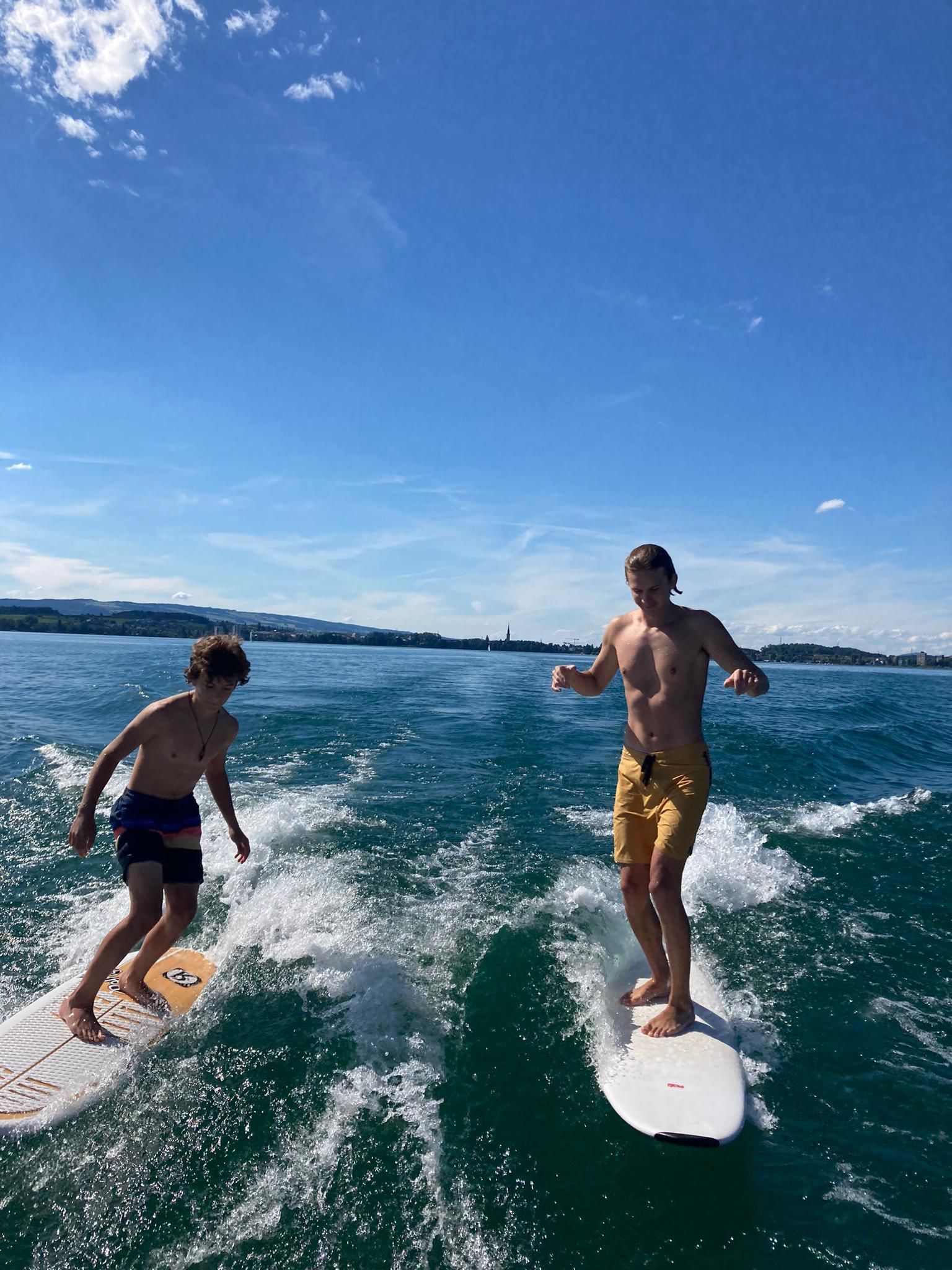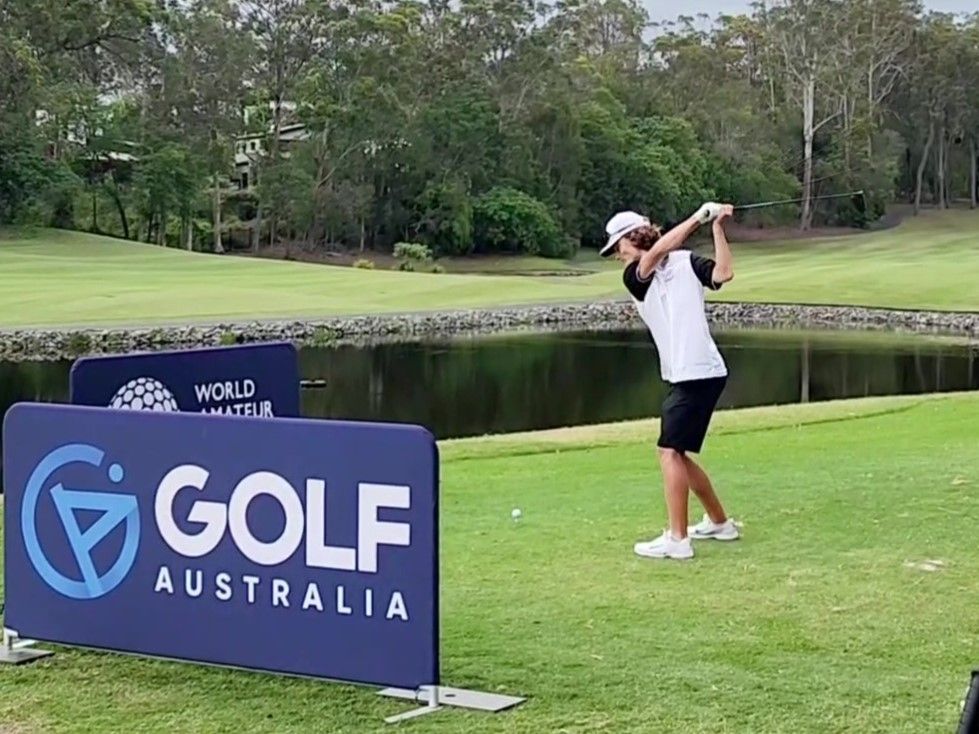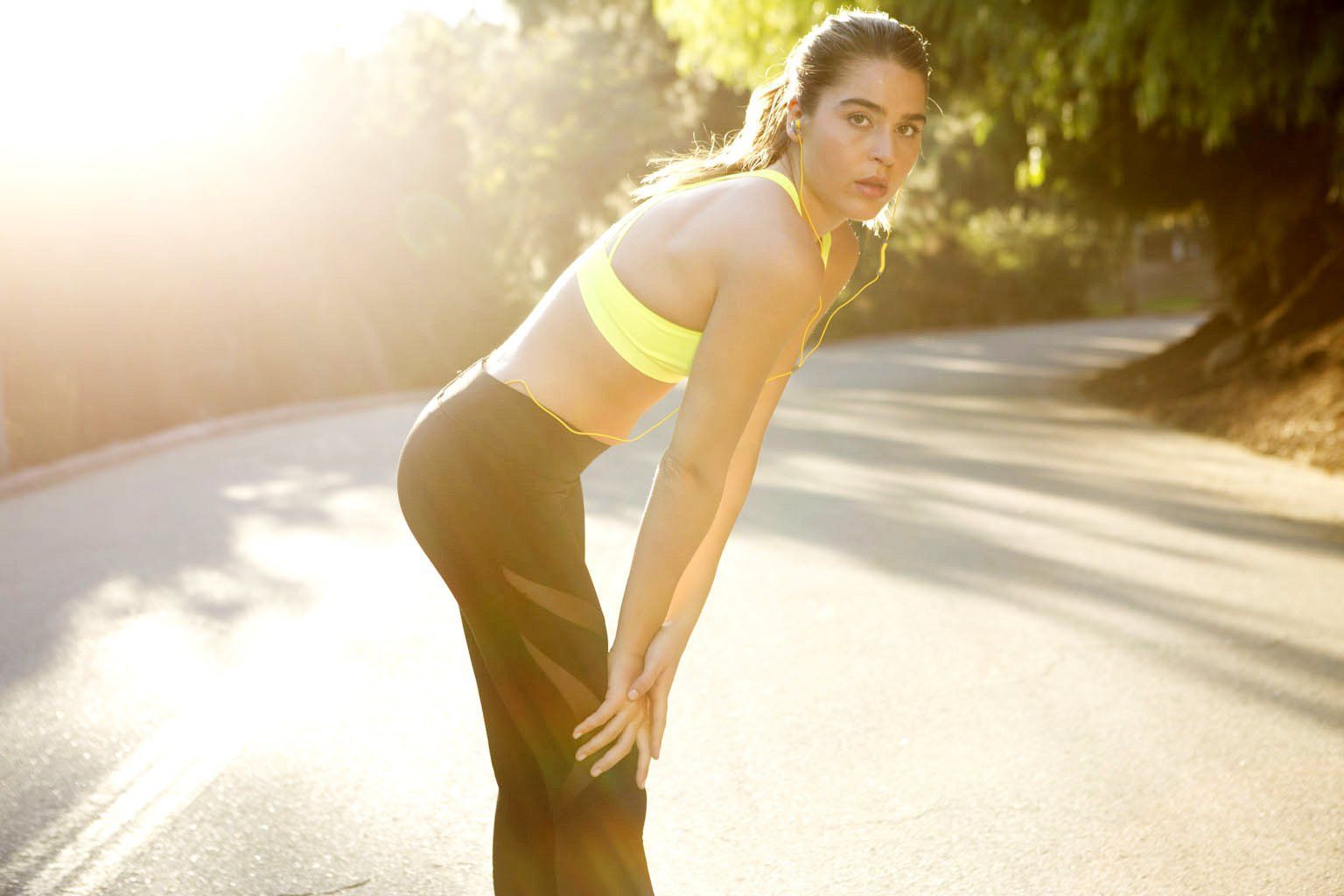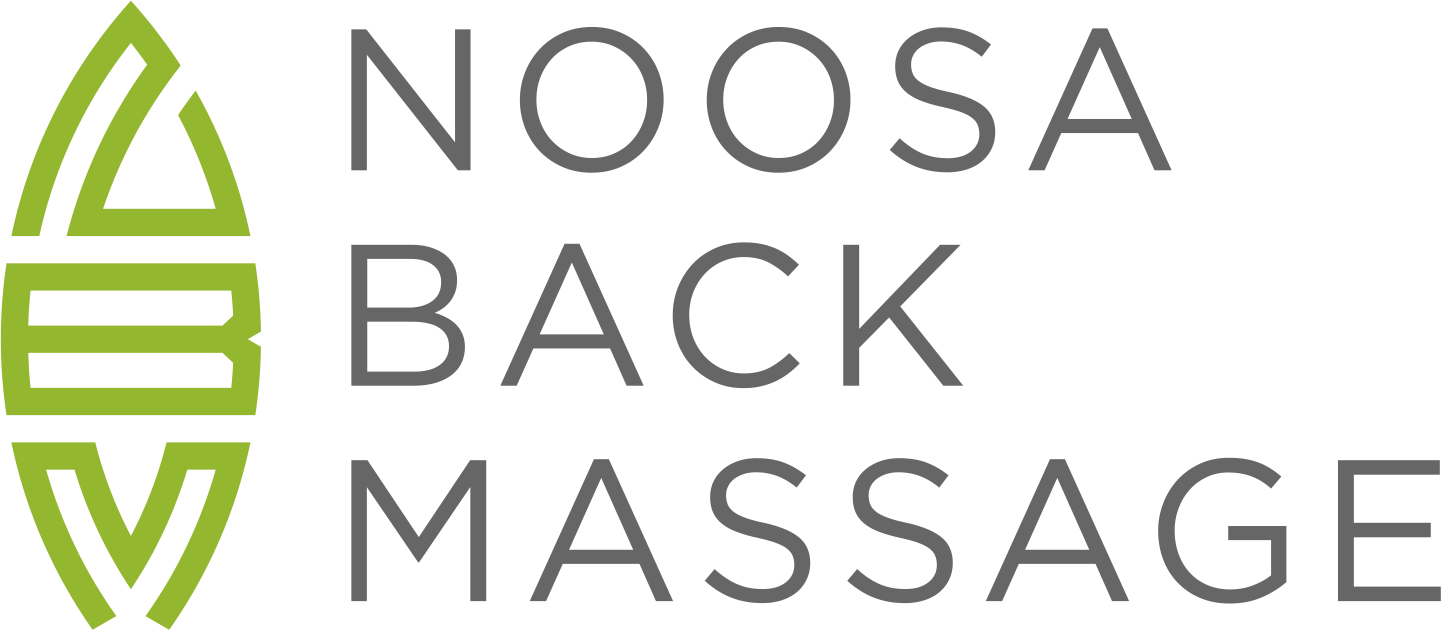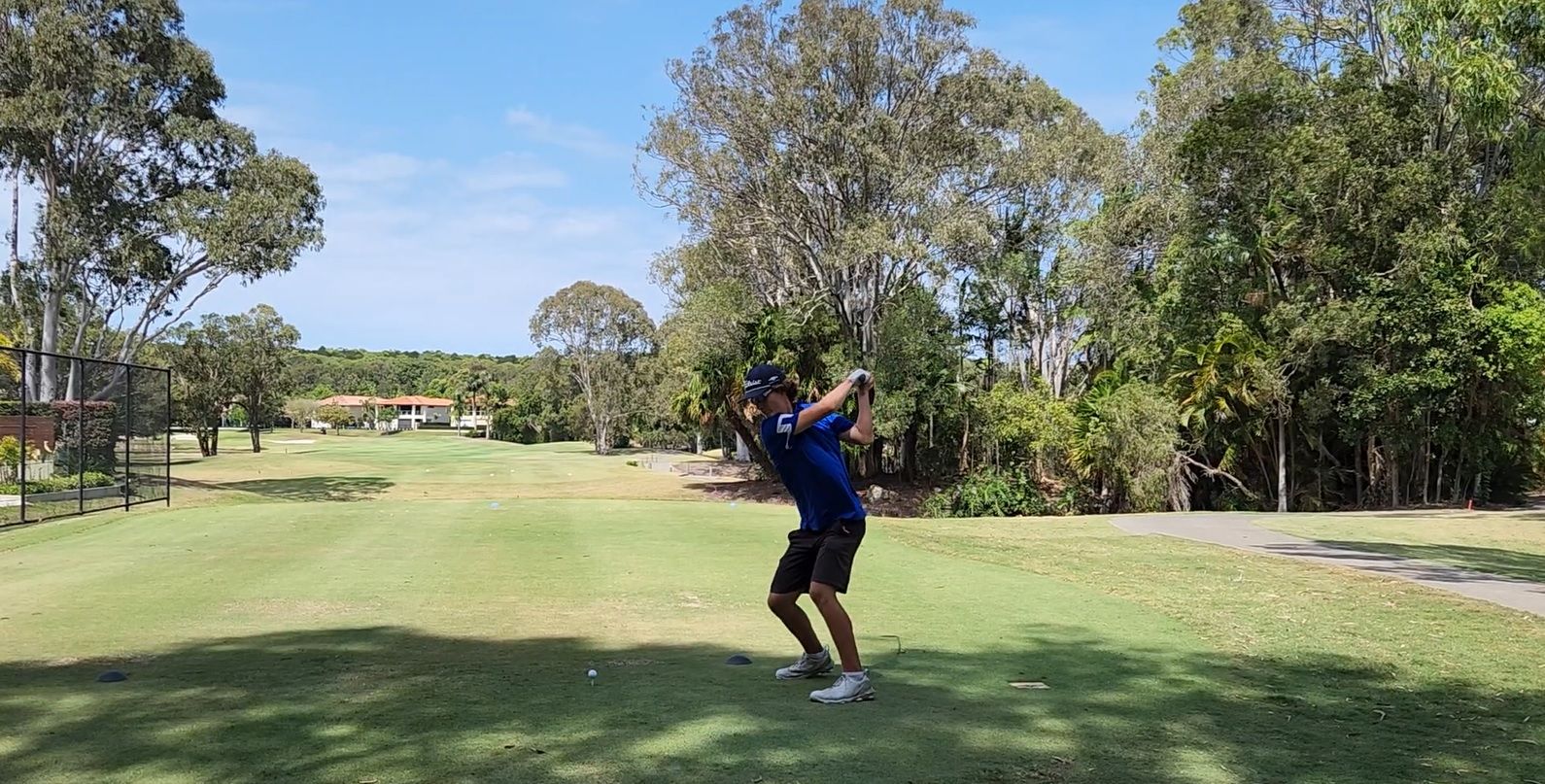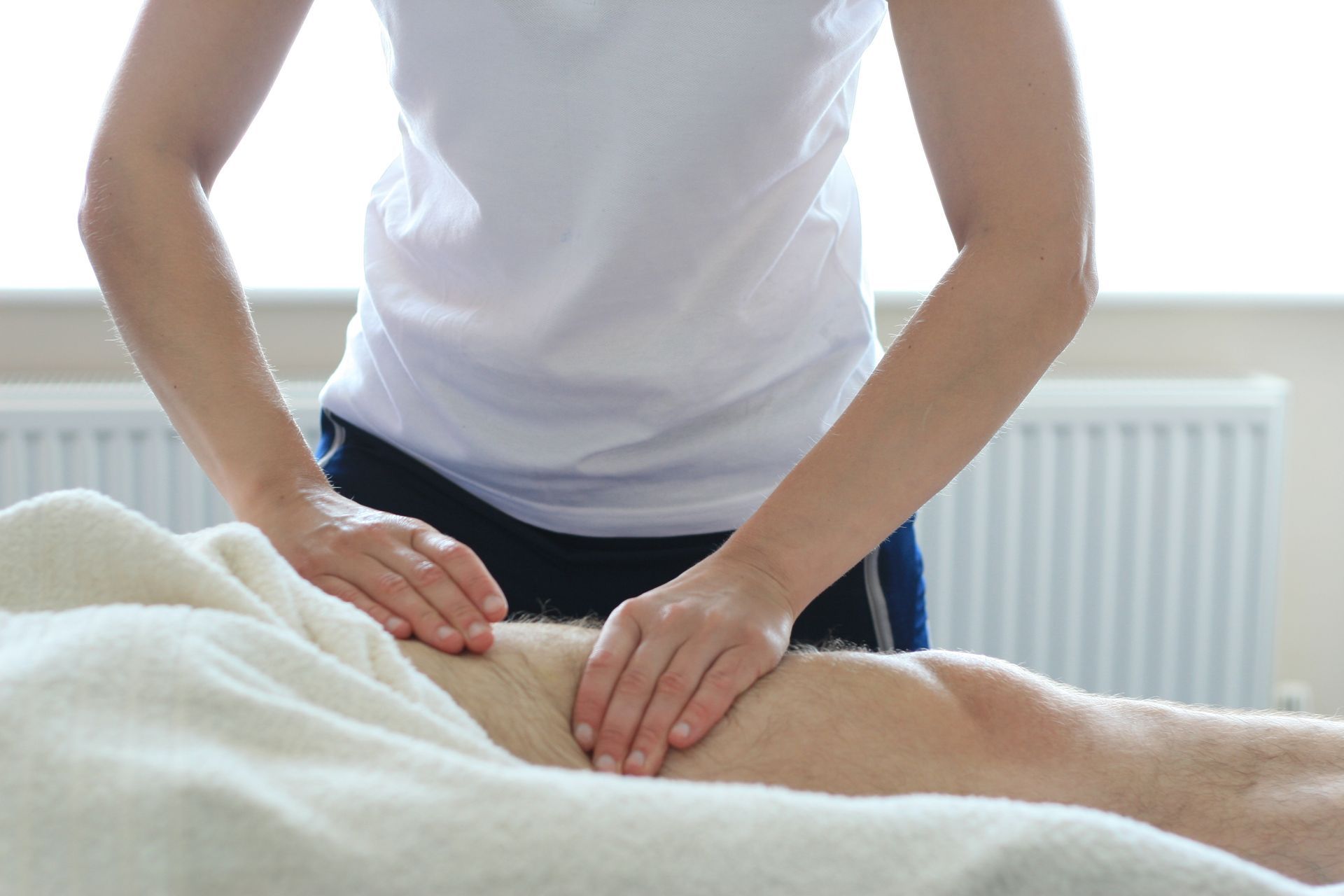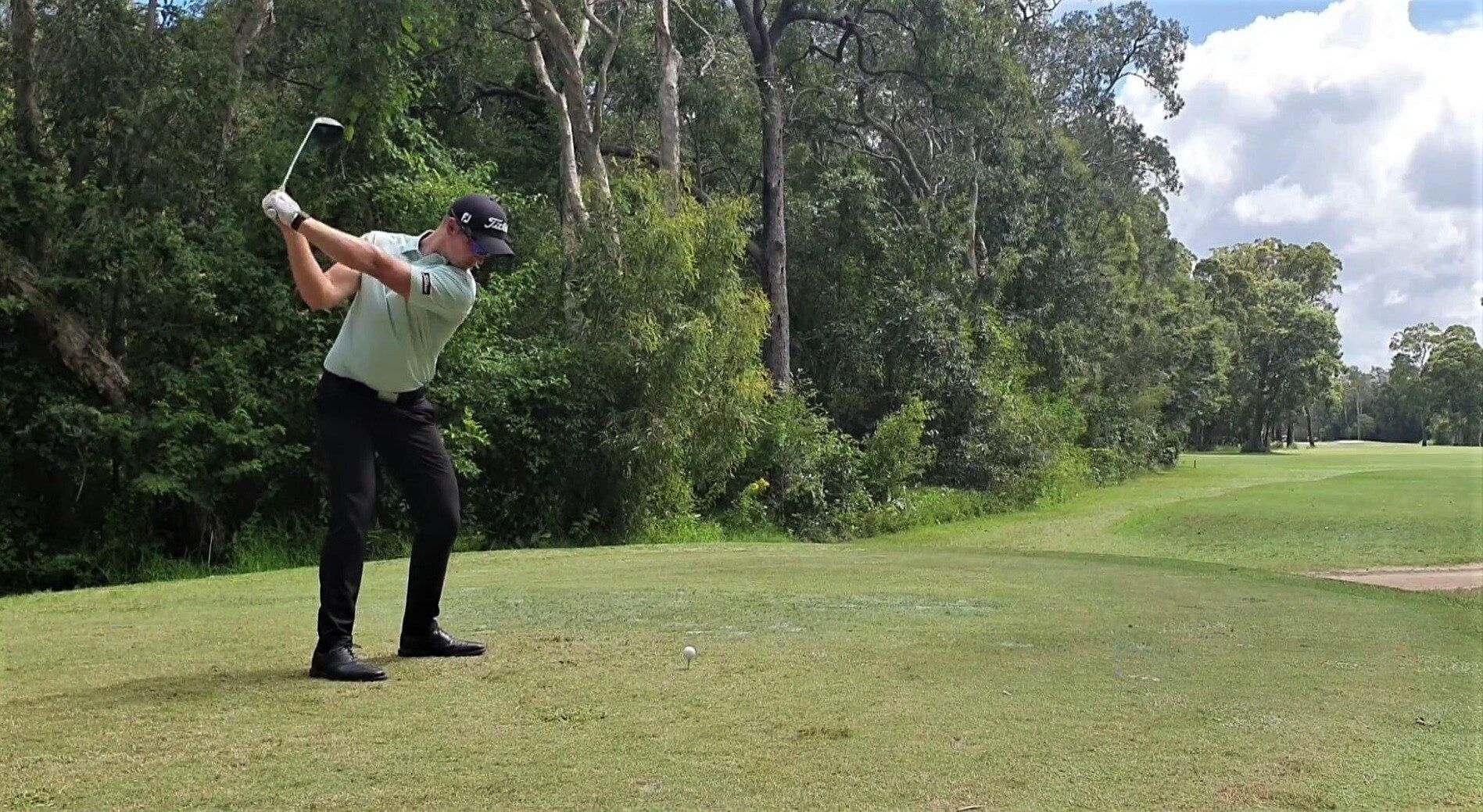Release The Beast Without Overtraining
We all have goals but let's not forget that overtraining is a real thing. Here's how to save yourself.
Whether you’re a professional athlete or you’re trying to lose weight and get back in shape, it’s not uncommon to overdo things at this time of year. It’s understandable too. It’s a new year and psychologically we feel like we’re getting a fresh start. Why not make 2023 your best year ever right?
Unfortunately, overtraining injuries are frustratingly common right now too. Overtraining injuries are musculoskeletal injuries that occur due to more activity or exercise than your body is used to, and may happen to anyone who increases intensity or changes type of activity.
Subtle and not so subtle signs that you’re overtraining
The thing most people misunderstand about overtraining is you don’t have to get injured necessarily to be overtraining. Overtraining can certainly lead to injury, and potentially take you out of action for a longer period, but it more commonly encompasses general fatigue and other symptoms. The four most common signs you’re overtraining are as follows:
- Physiological: increased resting heart rate and/or increased blood pressure after training.
- Physical: decreased appetite, upset stomach, insatiable thirst, sleep disturbances, increased frequency of illness, general feeling of increased difficulty and fatigue throughout the day, abnormal muscle soreness, pain occurs that is different than typical muscle soreness.
- Behavioral: personality changes, decreased motivation, altered concentration, lowered self-esteem, decreased ability to cope with stress.
- Performance: Increased heart rate during activity, significantly reduced strength or endurance, impaired movement and coordination, poor coordination .
Avoiding Overtraining Injuries
No matter what activity or sport you are doing, you need to push yourself in order to see results. But pushing yourself too hard can result in injuries that are detrimental to your fitness goals. Here are some valuable tips to avoid overtraining injuries:
Don’t increase exercise difficulty level too quickly. Exercise needs to be progressed steadily and at a gradual pace. Following a structured plan that increases your activity incrementally and safely can help you stay healthy and pain free. For example: If you’re running, then increasing difficulty might include increasing speed, running up or downhill, increasing duration, running intervals etc. If you are working out in the gym, then increasing difficulty may include increased weight, repetitions, sets, and reducing the amount of time between sets.
Don’t think it can’t happen to you
There’s a whole industry around optimising training to achieve the biggest bang for your buck. Beware though that pushing too far is ultimately going to defeat the purpose of pushing yourself in the first place. And if you think it only happens to those who are inexperienced, or maybe even athletes with an amateur team around them, then think again.
In 2008, at the top of his career, Tiger Woods, the first athlete to make a billion dollars from sport, sustained a stress fracture of his tibia (shin bone) during training for the 2008 US Open.
We can assume that Tiger Woods was a moderately professional competitor in the day and surrounded by some of the best people money could hire. And, to be fair, Tiger won that tournament in a truly spectacular fashion (tying it up with a bird on the 18th!). But the injury he sustained during training and the extra stress he put on his body during the 18 hole playoff on the Monday, forced him to cancel the rest of his 2008 season and it was years until he would win another major.
The secret to avoiding overtraining
Developing a better sense for how you feel is the single best way to avoid injury. If it feels like you’re developing signs of overtraining, then just take a break, lessen your activity, or rest. Don’t be scared of confusing this with being “slack” and try to push through it. If you don’t know your body well enough to know what’s too much then the risk of overdoing things is far greater than the risk that your training might not be optimal. Think about it.
Ease into it. Particularly if you are new to fitness or altering your exercise activities, take it slow. Don’t expect to make up for several months of inactivity with a few weeks of exercise. Aim for long-term consistency, not overnight success. People who try to do too much too soon often end up injured or frustrated and give up on their fitness goals altogether.
But most importantly, in my view, is to think very seriously about the goal you are setting for yourself. So many people who set out to get back in shape again feel that they have to set a big goal for themselves in order to be sufficiently motivated. And that’s fair enough too. We all have goals and we all need goals. But set the right ones. Set realistic, smart goals; not goals that are going to hurt you or someone else’s goals.
How about setting the goal to be training regularly by mid-year rather than completing an Ironman (entirely doable too by the way but you get my point.) For most people getting that new habit is something a lot more life changing than a finisher tshirt. It’s certainly something more sustainable and probably more in line with what you are really trying to achieve too.
How can a massage therapist help me meet my fitness goals?
If you’re struggling with an old injury, or you want help to get back into shape then a trainer is an excellent address to get that help. Even a physio. Find a body mechanics expert who can:
- Check your flexibility, strength, and endurance of muscles to support your desired level of activity.
- Ensure that symptoms are due to overuse or overtraining and not something more serious.
- Identify training errors to ensure a safe fitness plan, no matter your previous level of activity.
- Correct biomechanical problems in form with your chosen activity to avoid overuse of a susceptible body part.
- Provide appropriate training plan to minimize risk of injury and help you safely meet your fitness goals.
If you have any questions on how we can help you then please don't hesitate to get in touch with us either by calling us or sending an email.
Share
